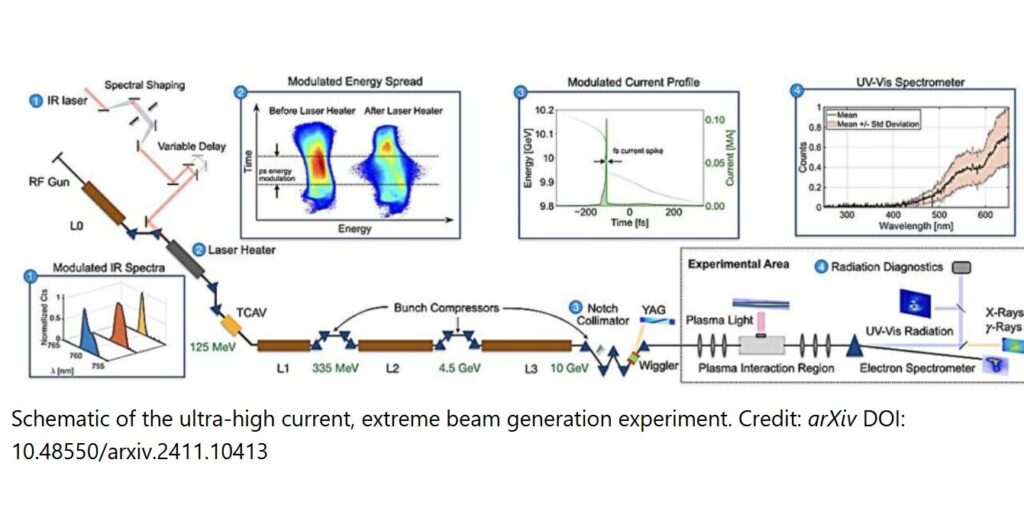
Zuchongzhi-3, a superconducting quantum computing prototype with 105 qubits and 182 couplers, has made significant advancements in random quantum circuit sampling. This prototype was successfully developed by a research team from the University of Science and Technology of China (USTC).
This prototype operates at a speed that is 1015 times faster than the fastest supercomputer currently available and one million times faster than the latest results published by Google. This achievement marks a milestone in enhancing the performance of quantum computation, following the success of Zuchongzhi-2...
Read More









Recent Comments